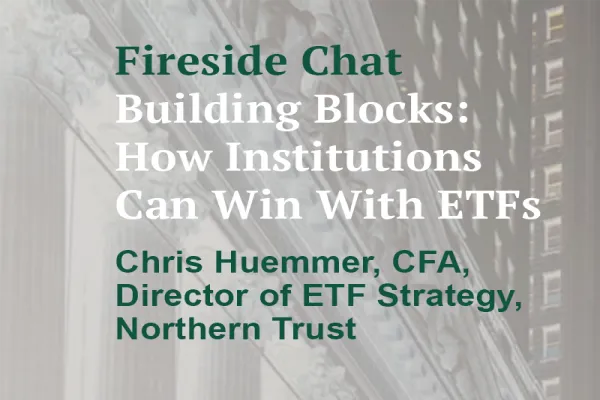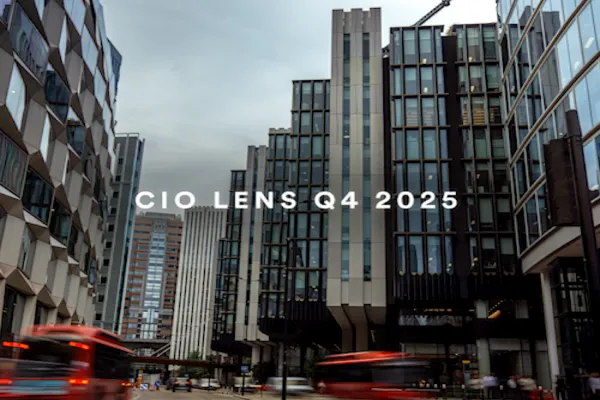Another month, another sharp swing in performance for Haidar Jupiter Fund.
This time, the volatile macro fund posted a 25.14 percent loss in April, putting it back in the red. It is now down 17.58 percent year-to-date, according to a monthly email communication with investors, seen by Institutional Investor.
The fund had gotten off to a strong start this year, gaining nearly 16 percent in January — which means the three-month swing in performance since then is nearly 34 percentage points. At the end of March, the firm managed $813 million.
April’s loss was the worst since March 2023, when Haidar dropped more than 32 percent.
The hedge fund headed by Said Haidar, known for its heavy leverage, is coming off the worst two-year stretch in its 27-year history, having lost more than 32 percent in 2024 and more than 43 percent in 2023.
It is not known what caused the sharp loss in April. Through March, fixed income drove performance, accounting for more than 12 percentage points when the fund overall was up about 10 percent, according to the March monthly report.
Entering April, fixed income made up 29 percent of the fund’s capital allocation. The biggest slice belonged to equities, responsible for 38 percent of capital, with commodities representing 20 percent.
“Having initially shocked markets with extreme tariffs on ‘Liberation Day’ in early April, the Trump administration has subsequently paused many of these tariffs while officials try to rapidly secure a series of bilateral trade deals,” Haidar noted in the March report, sent to clients in late April. “Though there remains great uncertainty regarding the ultimate disposition of these tariffs, U.S. trade policies are nonetheless likely to weaken global growth and induce central banks to enact greater rate cuts. Coupled with expansive fiscal policies, this is likely to result in steeper yield curves.”
Haidar describes itself as an opportunistic global macro fund that aims to produce absolute returns with little or no correlation to systemic risk factors. Its positioning is based on the fund’s global view of economic data, central bank policies, and fiscal policies.
The fund also looks for tactical, catalyst-driven trading opportunities, including government bond supply events, seasonal trades such as month-end bond index extensions, and foreign exchange movements ahead of central banks’ monetary policy meetings.
“Longer-term anomalies the fund aims to exploit include roll-down and carry in fixed income, credit, and foreign exchange markets [and] mispricing along yield curves or amongst individual bonds or between bonds and swaps,” it said.







